The 'super seven' swing states that will determine the presidency
Forget California and Texas. Pay no mind to Missouri and Michigan. The battle for the White House comes down to just seven states — and anyone could win

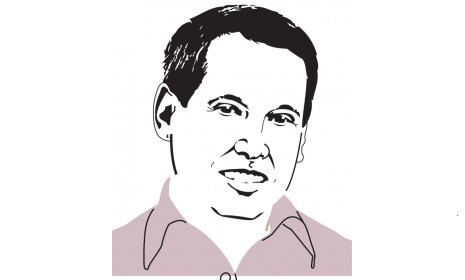
Take your pick, folks: A recent New York Times/CBS News poll put President Obama's approval rating at 41 percent, the lowest of his presidency. The same day, a Gallup survey said Obama's approval was 49 percent, a nine-month high. Which is right? If you support the president, you'll say Gallup's 49 percent; if you don't, the 41 percent number sounds good. (And aren't the Times and CBS part of the "liberal media elite" that loves Obama? Not much love in 41 percent.)
Let's face it: Poll numbers don't mean all that much. But here's a pair of numbers that mean everything: 247 to 206. That's the number of electoral votes that Democrats and Republicans, respectively, appear to have either a lock or a lead on with less than eight months months until election day. The magic number needed to win the White House, of course, is 270 — meaning Obama needs just 23 more, and Mitt Romney 64. For both men, that's easier said than done.
How does it break down? My friend Larry Sabato, director of the University of Virginia's Center for Politics, has four decades of peering into his crystal ball. He says President Obama is guaranteed 175 rock-solid electoral votes, and Mitt Romney 105. What are they?
The Week
Escape your echo chamber. Get the facts behind the news, plus analysis from multiple perspectives.

Sign up for The Week's Free Newsletters
From our morning news briefing to a weekly Good News Newsletter, get the best of The Week delivered directly to your inbox.
From our morning news briefing to a weekly Good News Newsletter, get the best of The Week delivered directly to your inbox.
| Obama's solid electoral votes: 175 | Romney's solid electoral votes: 105 |
|---|---|
| California (55) | Alabama (9) |
| Connecticut (7) | Alaska (3) |
| Delaware (3) | Arkansas (6) |
| District of Columbia (3) | Idaho (4) |
| Hawaii (4) | Kansas (6) |
| Illinois (20) | Kentucky (8) |
| Maryland (10) | Louisiana (8) |
| Massachusetts (11) | Mississippi (6) |
| New Jersey (14) | Montana (3) |
| New York (29) | Nebraska (5) |
| Rhode Island (4) | North Dakota (3) |
| Vermont (3) | Oklahoma (7) |
| Washington (12) | South Carolina (9) |
| Row 13 - Cell 0 | South Dakota (3) |
| Row 14 - Cell 0 | Tennessee (11) |
| Row 15 - Cell 0 | Utah (6) |
| Row 16 - Cell 0 | West Virginia (5) |
| Row 17 - Cell 0 | Wyoming (3) |
Then there are states that aren't nearly as solid but, based on historical patterns, somewhat easy to predict. Thus, 72 more for Obama and 101 for Romney.
| Obama's leaning electoral votes: 72 | Romney's leaning electoral votes: 101 |
|---|---|
| Maine (4) | Arizona (11) |
| Michigan (16) | Georgia (16) |
| Minnesota (10) | Indiana (11) |
| New Mexico (5) | Missouri (10) |
| Oregon (7) | North Carolina (15) |
| Pennsylvania (20) | Texas (38) |
| Wisconsin (10) | Row 6 - Cell 1 |
As you can see, we can predict the likely result of almost every state in the nation. That's the reality of presidential elections: Candidates don't run national races. They focus the bulk of their resources — time, money, personnel — on the key swing states that will get them over the top. This year, it comes down to the "super seven" swing states:
| Swing state | Electoral votes | 2008 Result |
|---|---|---|
| Colorado | 9 | Obama won 54-45 |
| Florida | 29 (27 in 2008) | Obama won 51-48 |
| Iowa | 6 | Obama won 54-45 |
| Nevada | 6 (5 in 2008) | Obama won 55-43 |
| New Hampshire | 4 | Obama won 54-45 |
| Ohio | 18 (20 in 2008) | Obama won 51-47 |
| Virginia | 13 | Obama won 53-46 |
Pay no attention to the fact that Obama won all of these swing states (and their 84 electoral votes) four years ago. It's a whole new ballgame in 2012. For starters, there is unemployment and the economy, which the business-savvy Romney will make his signature issue. Consider these jobless numbers in the "super seven":
| State | January 2009 unemployment | January 2012 unemployment | Peak unemployment |
|---|---|---|---|
| Colorado | 6.6 percent | 7.8 percent | 9.0 percent |
| Florida | 8.7 percent | 9.6 percent | 11.4 percent |
| Iowa | 6.1 percent | 5.4 percent | 6.3 percent |
| Nevada | 9.6 percent | 12.7 percent | 14.0 percent |
| New Hampshire | 5.2 percent | 5.2 percent | 6.7 percent |
| Ohio | 8.6 percent | 7.7 percent | 10.6 percent |
| Virginia | 5.8 percent | 5.8 percent | 7.3 percent |
When Mitt Romney asks the standard presidential campaign question — "Are you better off today than you were four years ago?" — the table above suggests the answer is mixed. Unemployment is higher in Colorado, Florida, and Nevada, but lower in Iowa and Ohio. If electoral votes were assigned on this basis alone, Romney would gain 44 more, bringing him to 250. But Obama would bag 24, giving him 271 — one more than he needs to win re-election. And the jobless rate is the same today in two of the super seven — New Hampshire and Virginia — as it was on inauguration day in 2009.
A free daily email with the biggest news stories of the day – and the best features from TheWeek.com
But things are never this simple. Romney will also also argue, correctly, that Obama's ill-fated prediction that the stimulus would keep unemployment below 8.0 percent didn't pan out. (Indeed, unemployment has been above that threshold for Obama's entire presidency.) Romney now acknowledges that things are getting better, but argues that Obama's policies have slowed the recovery and made it weaker than it should have been.
For his part, the president will argue that unemployment rates have come down sharply from their recession peak in all of these states — proof, he'll claim, that his policies are turning things around. It's also fair to point out, as the president has done repeatedly, that unemployment had been soaring and the economy tanking before he took office (also true), and that one simply can't throw a switch and turn it all around
Let's also remember that unemployment isn't the end-all-be-all data point in an election. If it were, California — and its 10.9 percent jobless rate — wouldn't be a lock for Obama. But the president will certainly win the Golden State's 55 electoral votes — a fifth of what he needs for re-election. There are other factors, too.
The Latino vote
The fastest-growing voter bloc in the nation, Latinos went 2-to-1 for Obama in 2008. This was a big help in three of the super seven states: Colorado, Nevada, and Florida. Latinos have issues with the president — he hasn't exactly delivered on his promised immigration reform — but given Romney's opposition to the DREAM Act and amnesty for undocumented immigrants, it's hard to see the Republican peeling away many Latino votes. Indeed, there are signs that Romney has already written off Latinos.
The African-American vote
Blacks turned out in droves for Obama in 2008, supporting him with 95 percent of the vote. Turnout reached 65.3 percent, way up from 2004's 60.3 percent. The turnout rate was especially large among black women and younger blacks. This made a big difference for Obama in Virginia, where blacks were more than 20 percent of the electorate — and Obama won with 53 percent of the vote. Like Latinos, many black voters have their disappointments with the president (the African-American unemployment rate is 14.1 percent), but no one in the Romney camp seriously expects to make a dent in African-American support of America's first black president. The key is turnout: If blacks don't show up in force on election day like they did four years ago, it will be a problem for Obama, not just in Virginia, but in Florida, where one in six citizens are black.
The white vote
In 2008, 74 percent of the electorate was white, but this percentage has been shrinking for years, a long-term problem for Republicans — and for Romney this year. As for turnout, the percentage of eligible white voters who cast a ballot in 2008 declined to 66.1 percent from 67.2 percent in 2004. What about 2012? A National Journal study argues Romney will need more white votes — even as the percentage of the white electorate shrinks — than McCain got in 2008. Conversely, the study argues, Obama will need less. Here's what the study says about the "super seven" states and the white vote:
| State | Percentage of white vote Obama won in 2008 | Percentage of white vote Obama needs in 2012 |
|---|---|---|
| Colorado | 50 percent | 47.1 percent |
| Florida | 42 percent | 43.0 percent |
| Iowa | 51 percent | 47.0 percent |
| Nevada | 45 percent | 39.5 percent |
| New Hampshire | 54 percent | 50.1 percent |
| Ohio | 46 percent | 45.6 percent |
| Virginia | 39 percent | 37.6 percent |
Source: National Journal
The burden is on Romney to attract a greater percentage of the shrinking white electorate than McCain got in 2008, while the burden for Obama is to maintain his share among blacks and Hispanics. It is here, in these "super seven" swing states, that each side's desperate effort to get out the vote will determine who will place his hand on the Bible on January 20, 2013.
An award-winning member of the White House press corps, Paul Brandus founded WestWingReports.com (@WestWingReport) and provides reports for media outlets around the United States and overseas. His career spans network television, Wall Street, and several years as a foreign correspondent based in Moscow, where he covered the collapse of the Soviet Union for NBC Radio and the award-winning business and economics program Marketplace. He has traveled to 53 countries on five continents and has reported from, among other places, Iraq, Chechnya, China, and Guantanamo Bay, Cuba.
-
 A lemon-shaped exoplanet is squeezing what we know about planet formation
A lemon-shaped exoplanet is squeezing what we know about planet formationUnder the radar It may be made from a former star
-
 Political cartoons for January 4
Political cartoons for January 4Cartoons Sunday's political cartoons include a resolution to learn a new language, and new names in Hades and on battleships
-
 The ultimate films of 2025 by genre
The ultimate films of 2025 by genreThe Week Recommends From comedies to thrillers, documentaries to animations, 2025 featured some unforgettable film moments
-
 Bari Weiss’ ‘60 Minutes’ scandal is about more than one report
Bari Weiss’ ‘60 Minutes’ scandal is about more than one reportIN THE SPOTLIGHT By blocking an approved segment on a controversial prison holding US deportees in El Salvador, the editor-in-chief of CBS News has become the main story
-
 Has Zohran Mamdani shown the Democrats how to win again?
Has Zohran Mamdani shown the Democrats how to win again?Today’s Big Question New York City mayoral election touted as victory for left-wing populists but moderate centrist wins elsewhere present more complex path for Democratic Party
-
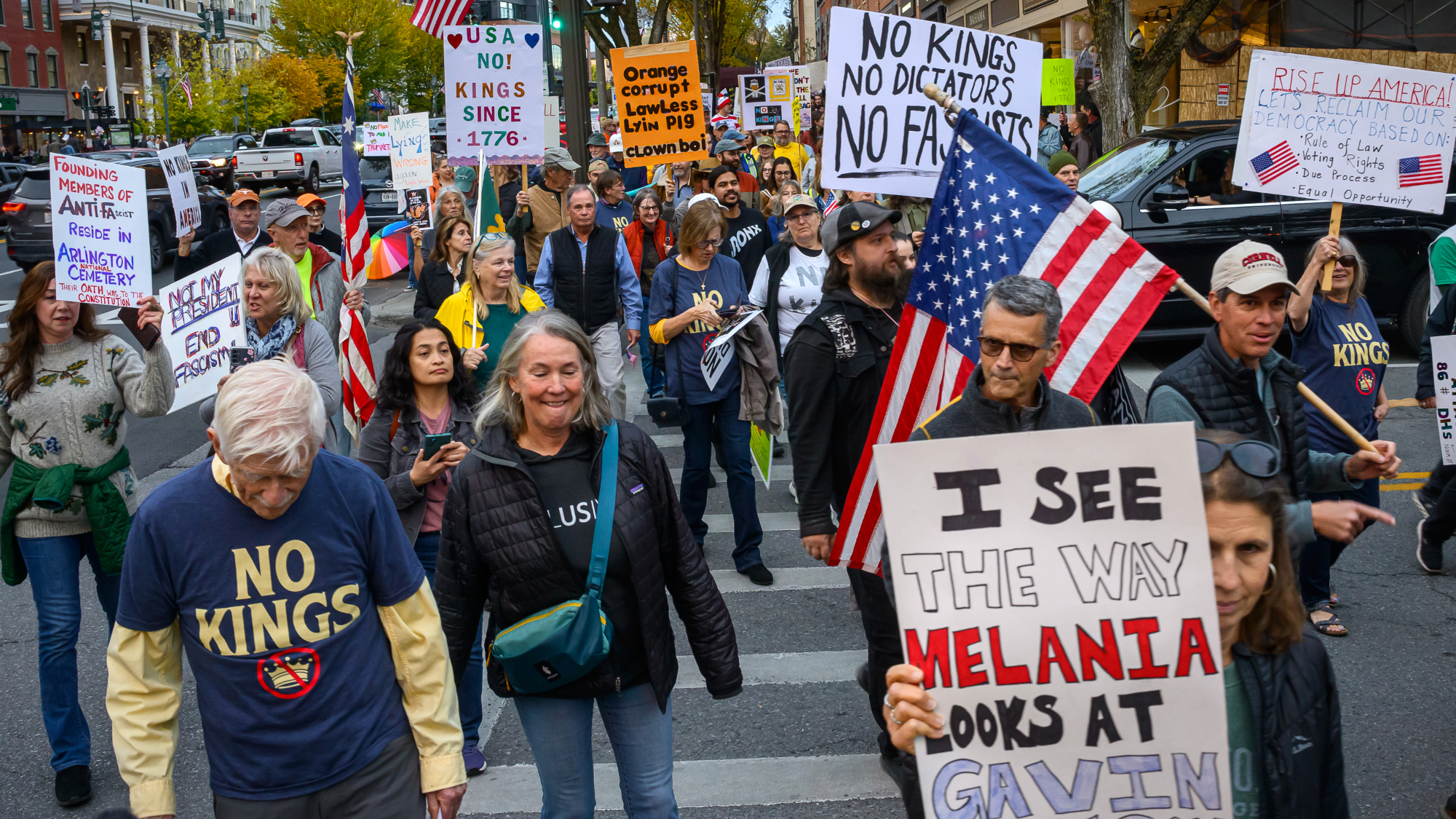 Millions turn out for anti-Trump ‘No Kings’ rallies
Millions turn out for anti-Trump ‘No Kings’ ralliesSpeed Read An estimated 7 million people participated, 2 million more than at the first ‘No Kings’ protest in June
-
 Ghislaine Maxwell: angling for a Trump pardon
Ghislaine Maxwell: angling for a Trump pardonTalking Point Convicted sex trafficker's testimony could shed new light on president's links to Jeffrey Epstein
-
 The last words and final moments of 40 presidents
The last words and final moments of 40 presidentsThe Explainer Some are eloquent quotes worthy of the holders of the highest office in the nation, and others... aren't
-
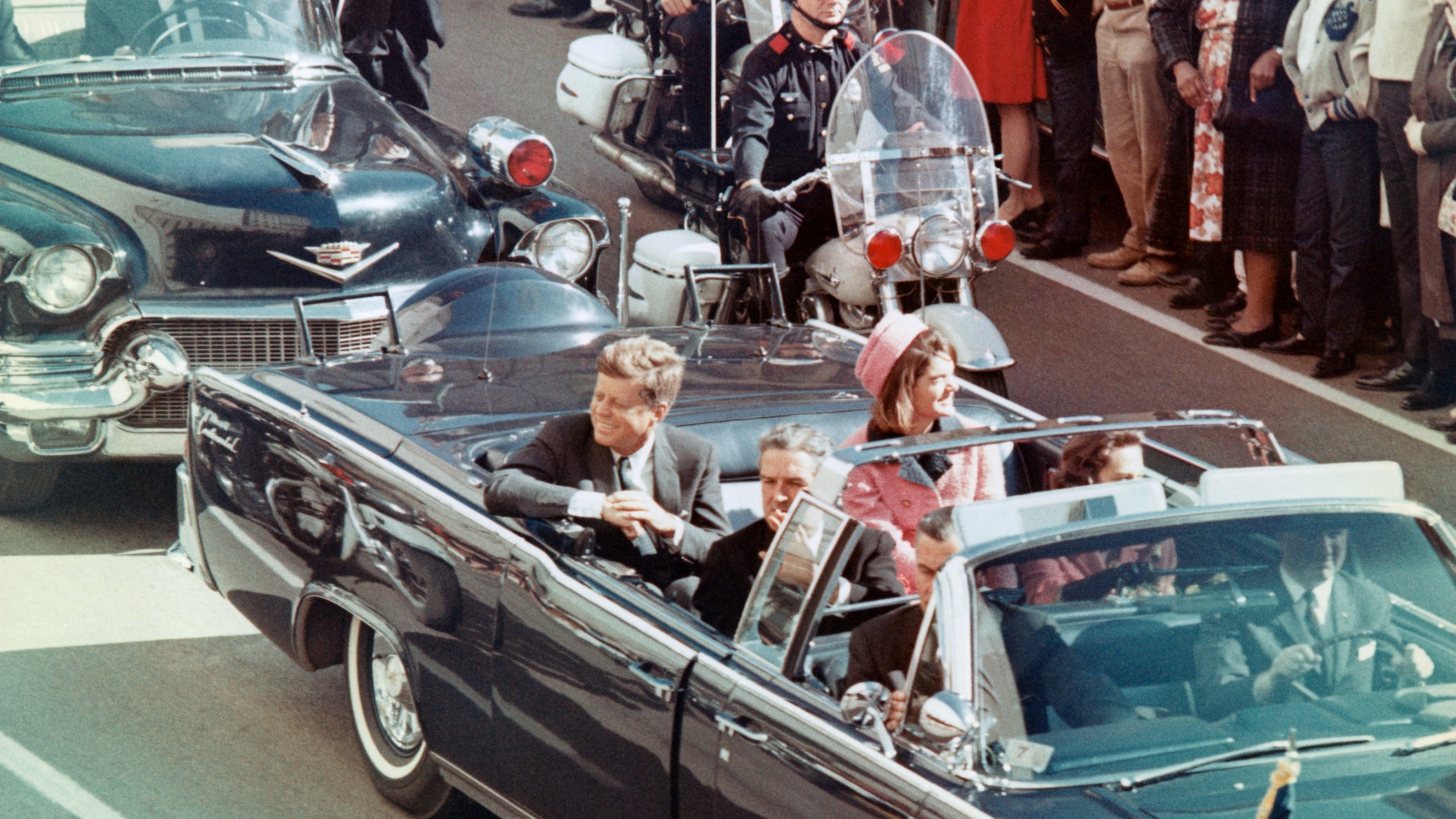 The JFK files: the truth at last?
The JFK files: the truth at last?In The Spotlight More than 64,000 previously classified documents relating the 1963 assassination of John F. Kennedy have been released by the Trump administration
-
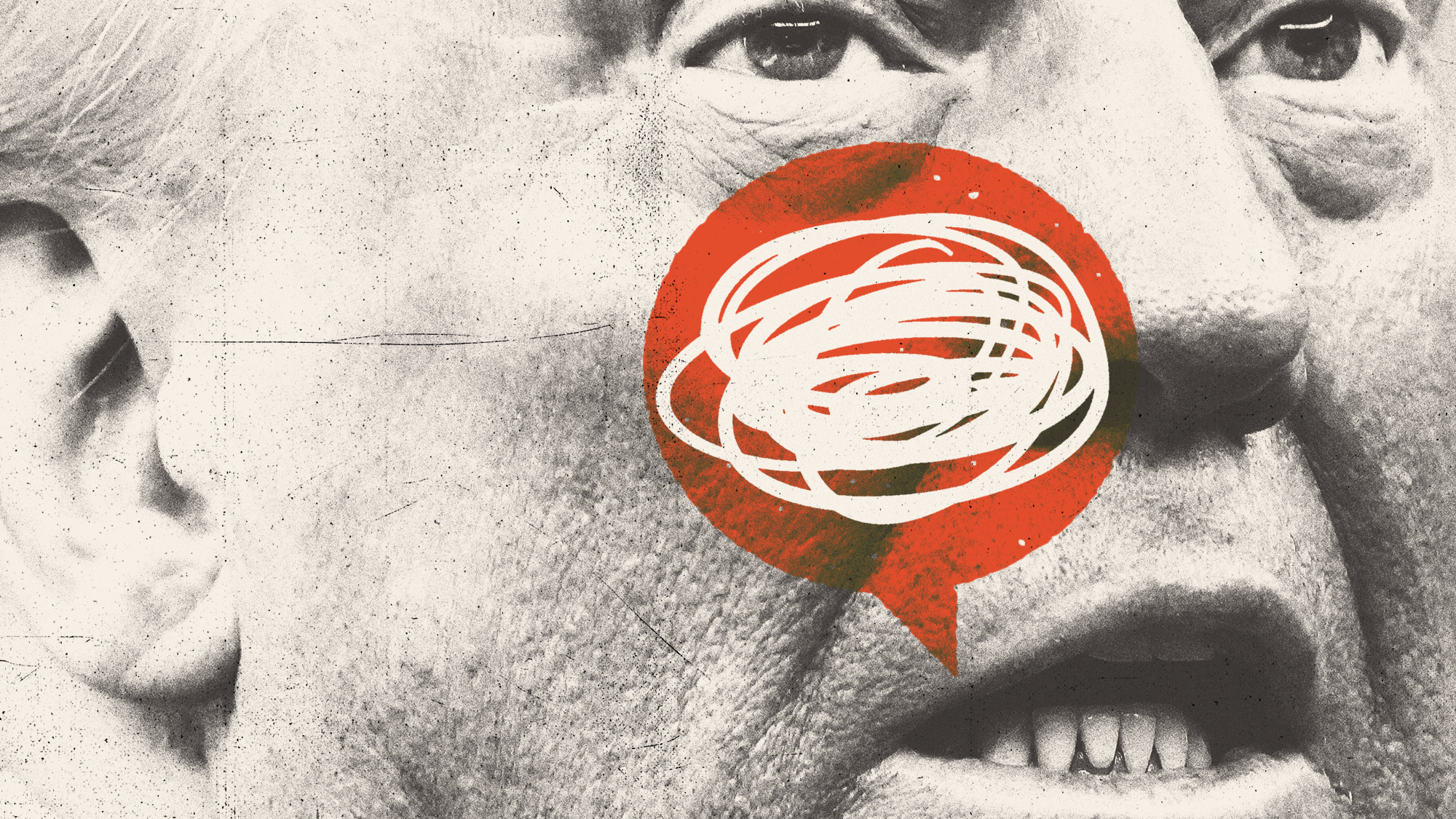 'Seriously, not literally': how should the world take Donald Trump?
'Seriously, not literally': how should the world take Donald Trump?Today's big question White House rhetoric and reality look likely to become increasingly blurred
-
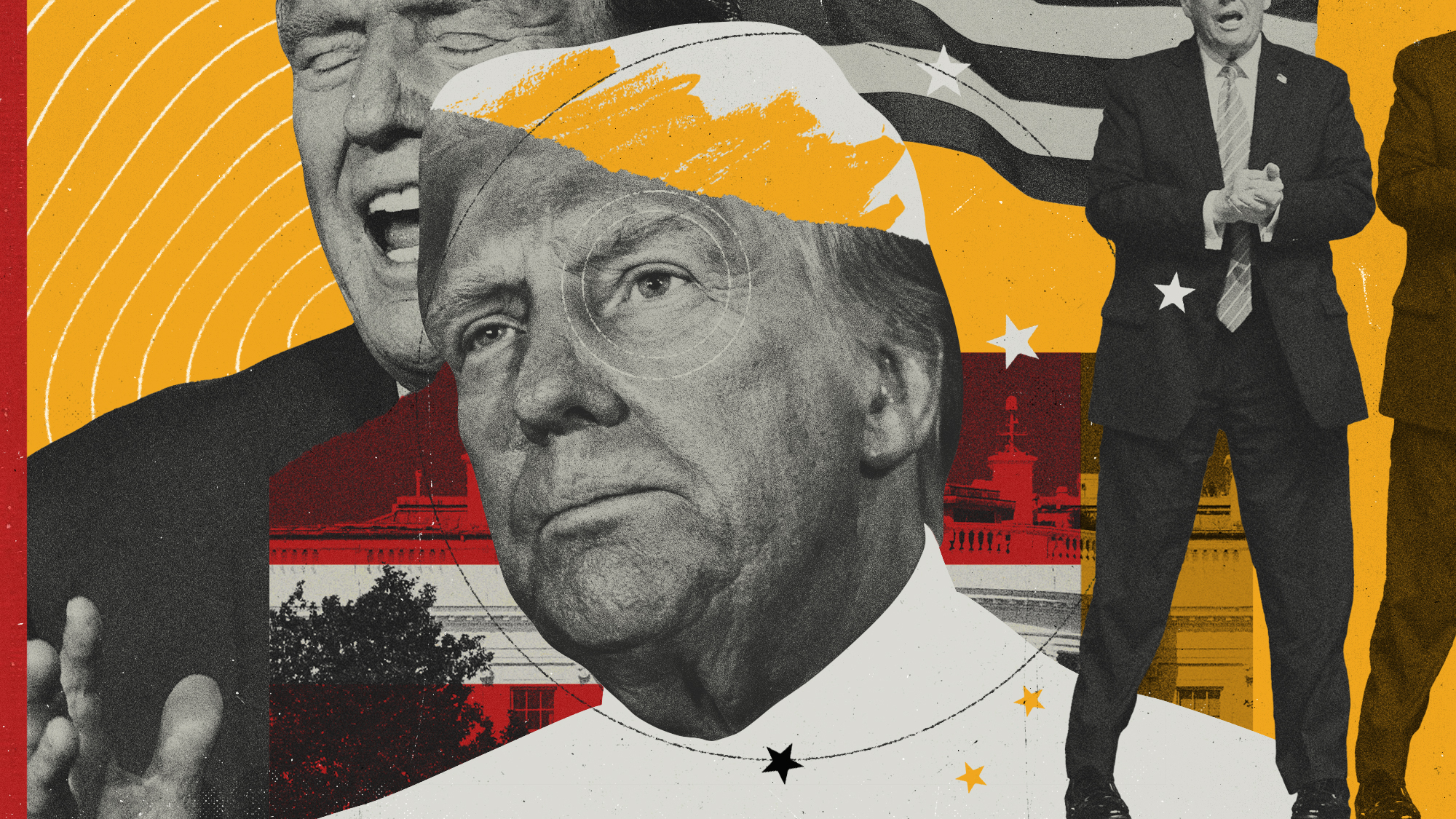 Will Trump's 'madman' strategy pay off?
Will Trump's 'madman' strategy pay off?Today's Big Question Incoming US president likes to seem unpredictable but, this time round, world leaders could be wise to his playbook
